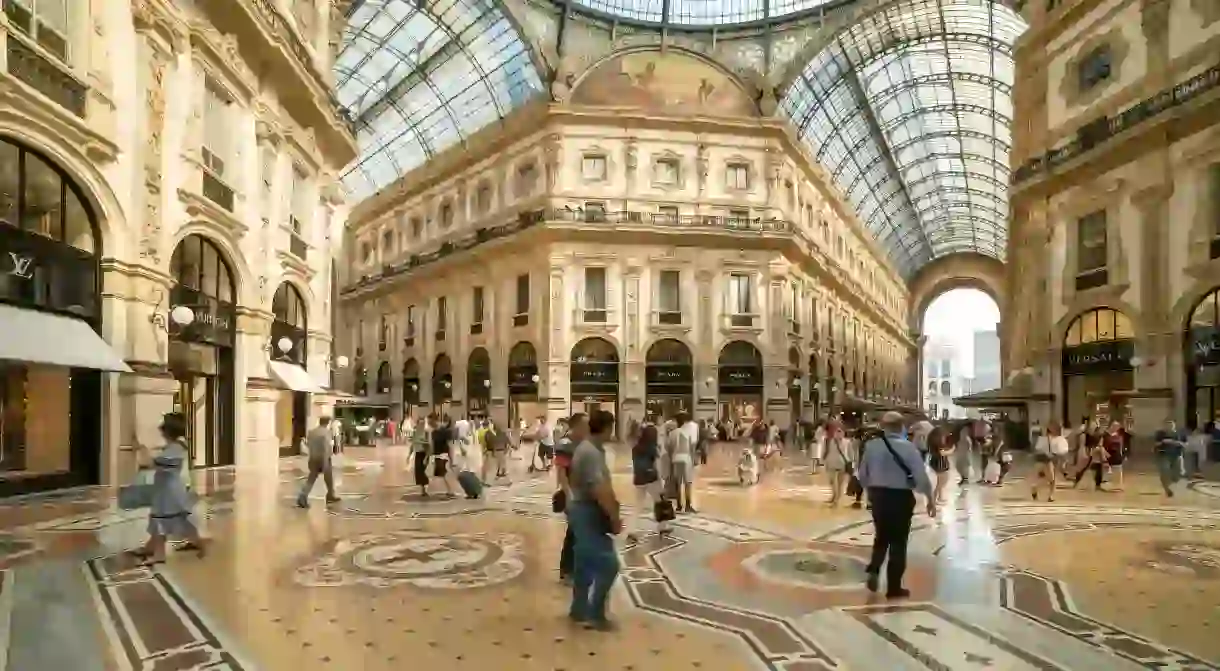The 10 Most Beautiful Buildings in Milan

Romanesque basilicas, Postmodern towers and Art Deco wonders all make up the fabric of this fascinating metropolis. Discover the architectural masterpieces that best represent Milan’s spirit.
Sforzesco Castle
Historical Landmark

Il Duomo di Milano
Building, Cathedral, Church

Galleria Vittorio Emanuele II
Shopping Mall

Colonne di San Lorenzo
Archaeological site

In the thick of a busy shopping street, you’ll find these ancient Roman ruins that have somehow survived the bouts of destruction that pepper Milan’s history. Comprising 16 Corinthian marble columns, the colonnade was most likely transported to its current location from a pagan temple or public bathhouse. Until 1935, it joined onto a row of houses that separated the columns from the Basilica of San Lorenzo, but these were demolished to make way for an open square. Today, they act as an imposing backdrop where you catch up with friends, sing along with a busker or pause for gelato.
Basilica of Sant’Ambrogio
Church, Monastery

Dating back to the fourth century, the Basilica of Sant’Ambrogio is one of the city’s most sacred locations. Comprising a mix of architectural styles that tell of its many renovations, its current appearance is Romanesque in design, with semi-circular arches throughout and galleries above the side aisles. Intriguingly, monks and canons shared the building. However, they didn’t always get along, so they each had a cloister and tower. The two towers that define the structure symbolise this division.
Milano Centrale Railway Station
Train Station

Torre Velasca
Building
Villa Necchi Campiglio
Art Gallery

This domestic residence is an architectural masterpiece designed for throwing lavish parties for the Milanese elite. Make your way across the manicured lawn towards the outdoor pool bordered by pink, yellow and red tulips. Upon entering the house through a pair of silver sliding doors, visitors are greeted by a marble staircase with gold detailing on the bannister. Tread the walnut floors and discover the early-20th-century Italian art in every room. Make yourself at home in the sumptuous surroundings of a 1930s Art Deco icon.
Bosco Verticale
Building
The ‘Vertical Forest’ is a pair of skyscrapers covered in as many trees as could be planted in a hectare of land. It aims to tackle Milan’s pollution problem by combining high-density residential development with the planting of more trees in the city centre. By creating a biological habitat that purifies the air and adds some much-needed greenery to the landscape, the project creates homes not just for its human inhabitants but also a whole ecosystem of plants, bugs, birds and butterflies.
CityLife Residences
Building

CityLife is Milan’s newest district, situated a short ride away from its historic centre. With a focus on pedestrianised areas and vast green spaces, the neighbourhood promises a better place to live and work. Although much of it is still under construction, the residential complex by Zaha Hadid is complete, and the celebrated architect’s signature style is evident. Comprising seven curved buildings of varying heights, complete with fluid lines and organic forms accented in natural wood panelling, the apartments make the most of their natural surroundings.













